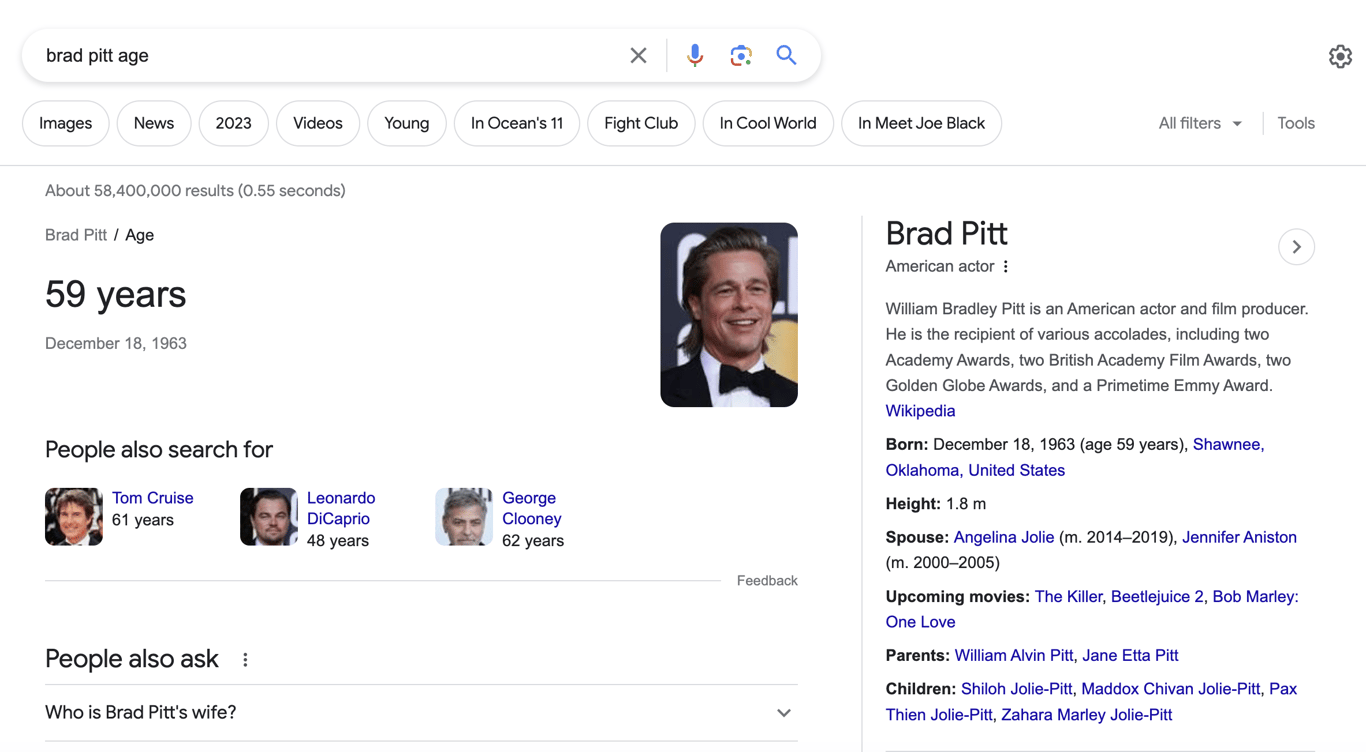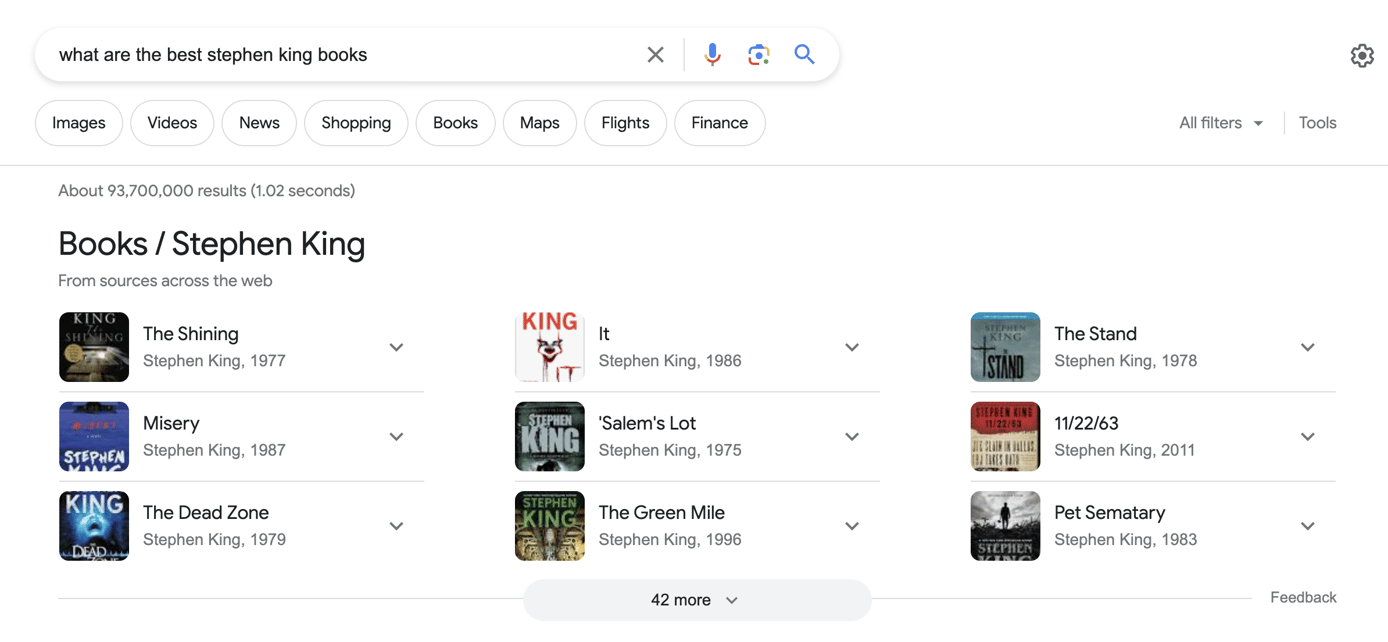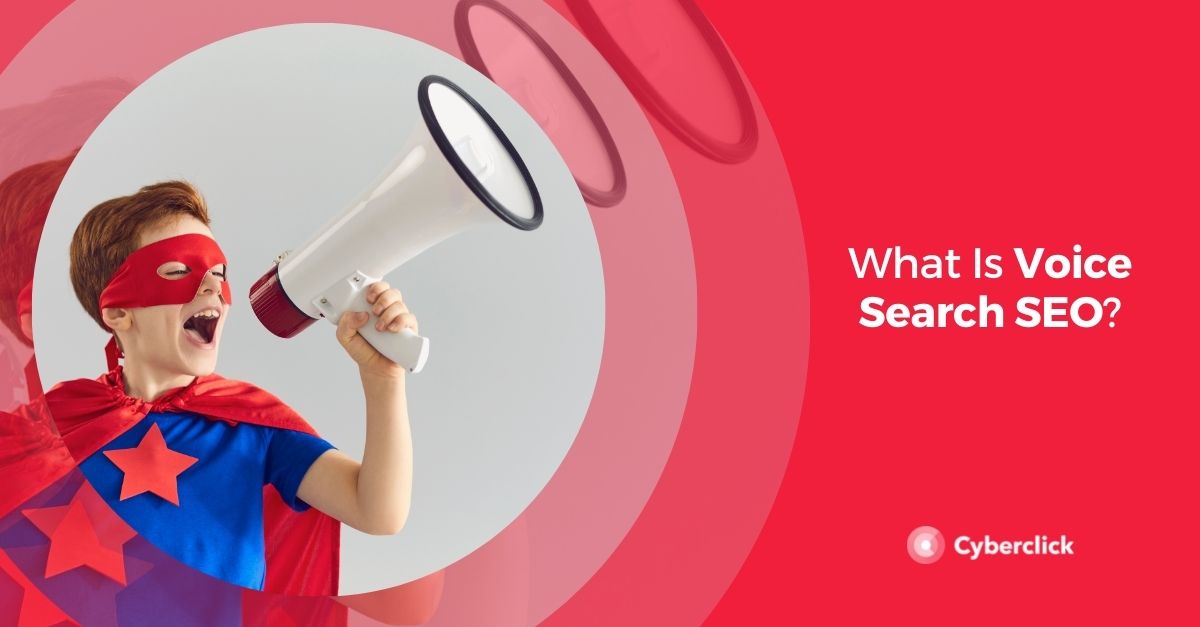Surely in your SEO strategy, keywords cannot be missing, but have you ever considered search intent? If you want to give a boost to your articles or web pages, it might be time to address this question. In this article, we'll tell you all about user search intent and why it's so important to consider.
What Is Search Intent in SEO?
User search intent is what the user aims to find when conducting an internet search.
Search engines take this concept into serious consideration when providing responses to users. Otherwise, the results wouldn't be optimal, and no one would use the internet to search. But what about you? Do you take this intent into account when planning your SEO strategy?
The audience is becoming more demanding, and it's getting harder to satisfy their needs, both for search engines and for companies and creators publishing content.
Search engines like Google are stepping up their game, becoming more demanding with the content they display to users who make queries, always considering the user's search intent. But what about you? If not, don't worry, because in this article, we will provide you with the keys to get started on this topic and create useful articles that rank well.
From Keyword Searches to Understanding User Intent
At this point, you might be wondering: weren't keywords the most important aspect when writing an article or creating a web page? To understand why keywords, while still important, are no longer the sole focus, we need to start from the beginning.
In its early days, Google used a mathematical algorithm to display search results. Despite being powerful and innovative, this algorithm was relatively simple, mainly considering three aspects:
- Anchor text: The visible text that can be clicked to visit another website.
- Keywords, which should appear in the title, subtitles, and body of the article.
- Authority and the number of incoming links to the page.
At the time, evaluating these three elements differentiated Google from its main competitors, AltaVista and Yahoo, as it was capable of offering better and more relevant results to users.
In conclusion, at that time, conducting a good keyword analysis, using keywords in the text, and obtaining backlinks were sufficient. However, this led to the emergence of fraudulent websites attempting to deceive Google by overusing keywords or serving as link farms. Google tackled these issues with various updates, but it was never enough. This is where the major shift begins, thanks to the inclusion of user search intent in the equation.
Google realized that its mathematical algorithm needed to change and become more complex, understanding the user's actions better. In essence, it needed an algorithm that would function more humanely, enhancing result quality and creating a system that is more difficult to deceive or circumvent. This was the moment when user search intent started to be taken into account, mainly because two new aspects were introduced into the equation:
- User behavior, understanding how users navigate through pages to determine if they respond positively to them.
- Semantic understanding of the content and context of the pages.
However, these two new aspects don't replace the previous ones; they complement them. Keywords and links haven't died out or become irrelevant; they are still important. However, they are no longer alone; now, more human-related elements related to text quality and information value are considered. Ultimately, this is what users truly value.
What has this led to? On one hand, for searches with the same intent, like "home workouts" or "how to lose weight at home," there's no longer a need to create two separate articles about them since they cover the same topic. This is a situation that wouldn't have occurred before, and it would have been more beneficial for ranking to have two separate articles. Nowadays, if you do that, you might harm your own content, leading to what's called content cannibalization and weakening the SEO of both articles.
On the other hand, users are shown results that are more in line with what they are searching for.
Types of Search Intent
Now that you understand what user search intent is and why it's important to consider it when writing your articles and designing your page, let's delve into the fact that this intent is not always the same. People go online for various reasons. Thus, we want to show you the main types. Understanding them will help you better comprehend user behavior online, choose keywords more effectively, and prepare better content.
Informational
When a person has an informational search intent, they are seeking information to better understand a specific topic. In this context, intent can be straightforward when the user is looking for a concise and simple answer that doesn't require an extensive explanation. Google recognizes this and has created its featured snippet section for such cases, providing direct answers without the need to click on an article.

It's also possible to encounter a more complex informational search intent where the user seeks answers that are not as simple. In most of these cases, Google opts to display a snippet.

Our recommendation in these cases for your page to be selected by Google to respond to this type of search intent is to ensure the information you provide is accurate, well-researched, and properly written.
Navigational
Navigational search intent occurs when the user is trying to find a specific website or company. This would be the case when a person enters the word "YouTube" or the name of a specific brand. In such cases, Google displays the official website to help users access it quickly.
It can also be called navigational search intent when the user wants to know the physical location of a company, store, or place.
Essentially, in this type of intent, the user is already familiar with the company and its features, and all they want is to find it online or physically to buy products or enjoy services.
Transactional
These are searches with the intent to make a purchase. The best way to fulfill this intent is by creating product pages or paid advertisements. Such search intents usually include keywords like "price," "buy," or "offer," among others. Additionally, they are typical for leads (potential customers) who are in the final stages of the sales funnel.
How to Use User Search Intent in Your SEO Strategy
Now it's time to incorporate the knowledge we've shared into your SEO strategy. How can you do that? Here are the steps:
Traditional Keyword Analysis
As we mentioned before, search intent is important, but it doesn't replace keywords; it complements them. Therefore, your keyword analysis, as you've been doing it, won't change. We recommend using SEO tools like SEMrush or Ahrefs to find the most relevant keywords with the least competition.
Check Search Intent on Google
Knowing and analyzing the top Google results for your chosen keyword will help you understand which sources are most interesting to users and therefore rank higher on Google. What kind of content do they have? What's their structure? Draw inspiration from these aspects to craft your content and increase your chances of success.
Add Value
Although the previous step is a good starting point, don't forget that Google already rewards websites with a unique value proposition. If you copy the structure and write content very similar to existing well-positioned websites, it will be almost impossible to surpass them (and your content might even be considered plagiarism). Therefore, go a step further and, in addition to drawing inspiration from them as a guide, add a unique touch through extra information, images, or attractive formats. Ultimately, avoid following the crowd.
Analyze Content Type
SEO tools can also help you determine the most popular content format for a keyword. This way, you can decide whether an article or an ebook is more suitable for a particular keyword, for example.
Graduada en Administración de Empresas en Lisboa y un posgrado en Gestión de Productos, Chantal se ha especializado en la Publicidad en Redes Sociales. En Cyberclick lleva la gestión de cuentas y conceptualización de estrategias digitales.
Graduated with a Degree in Business Management in Lisbon and a Postgraduate degree in Product Management. Specialist in Account Management and Digital Marketing strategies, with special focus on Social Ads channel.



.png)


Leave your comment and join the conversation